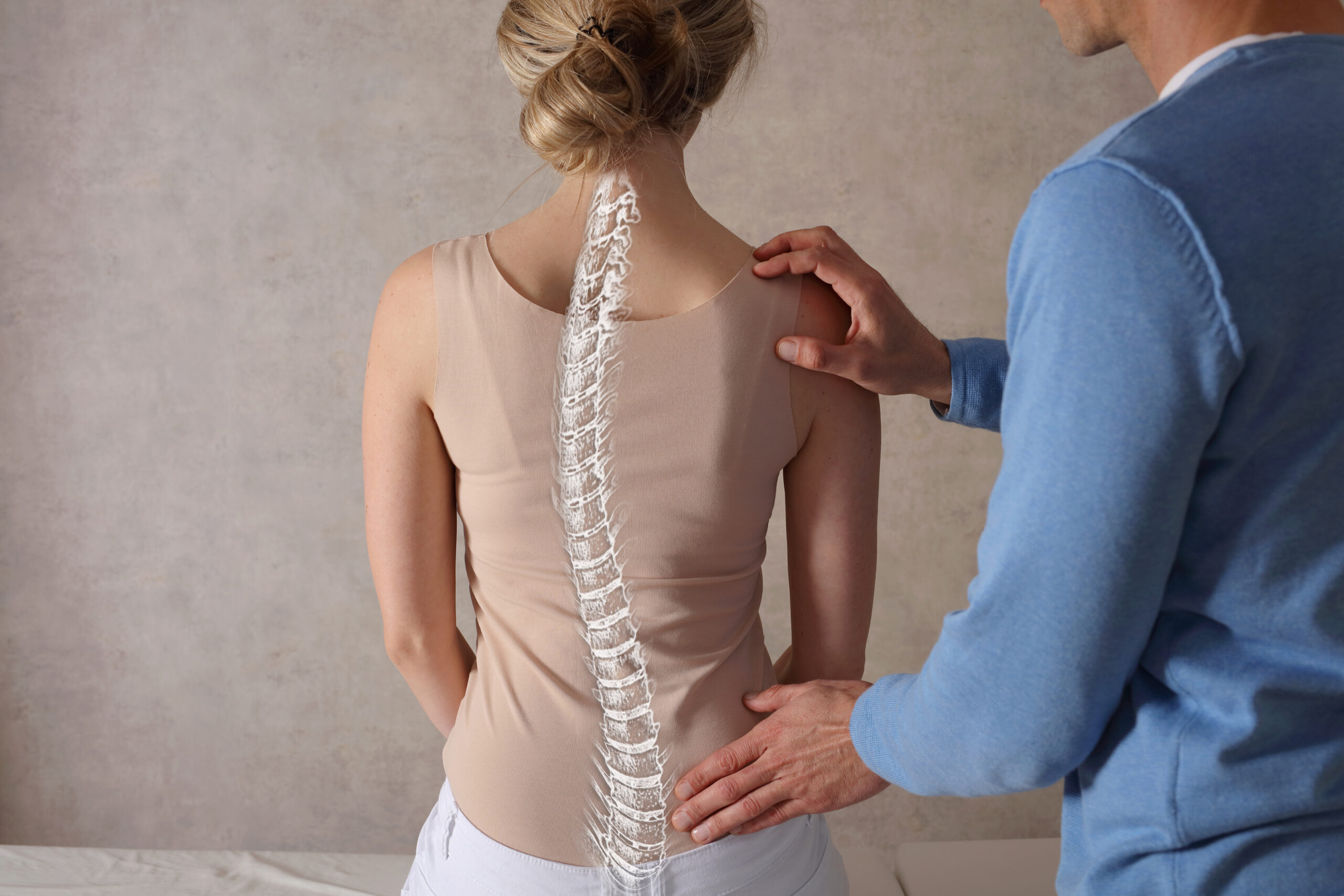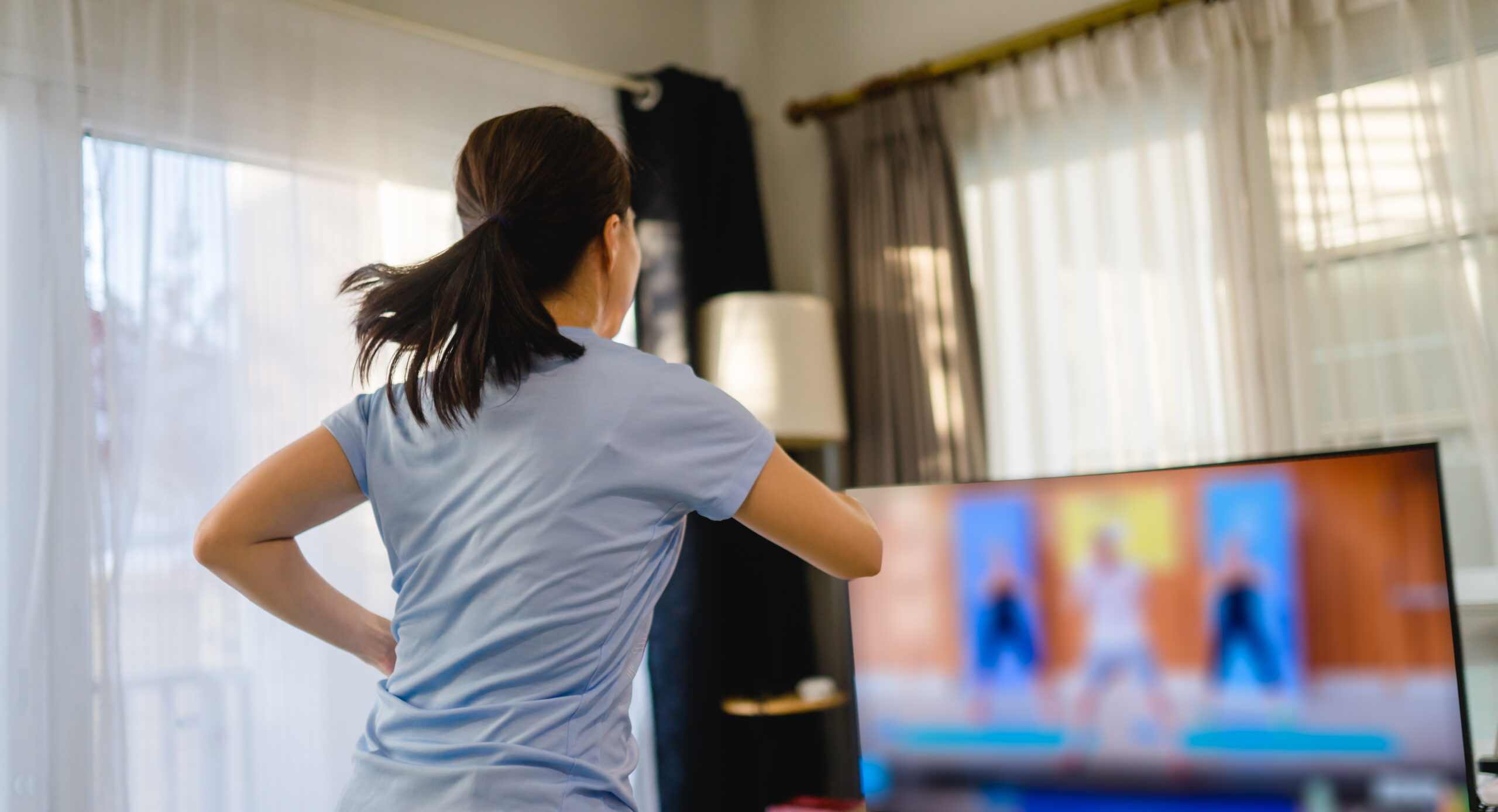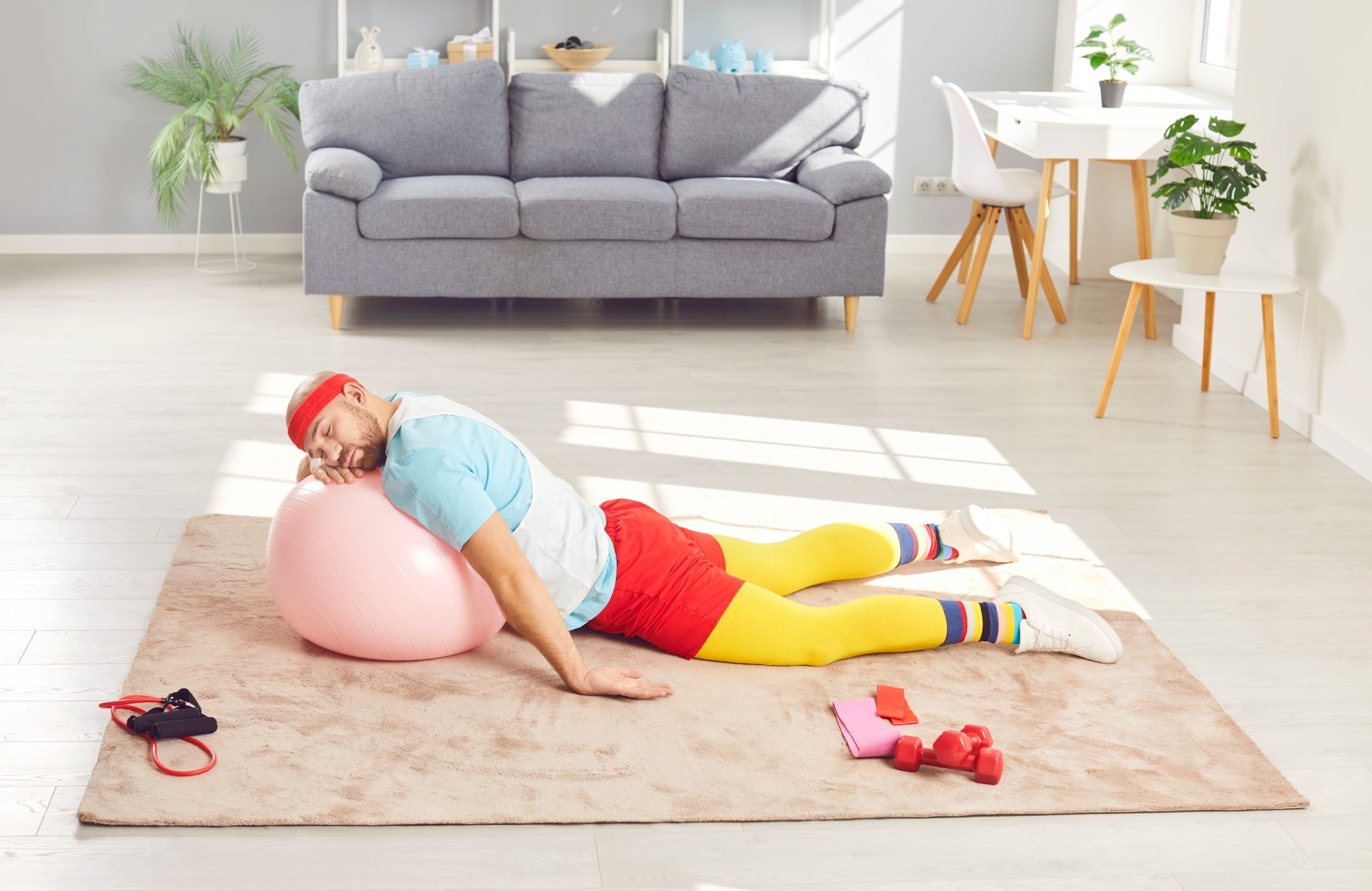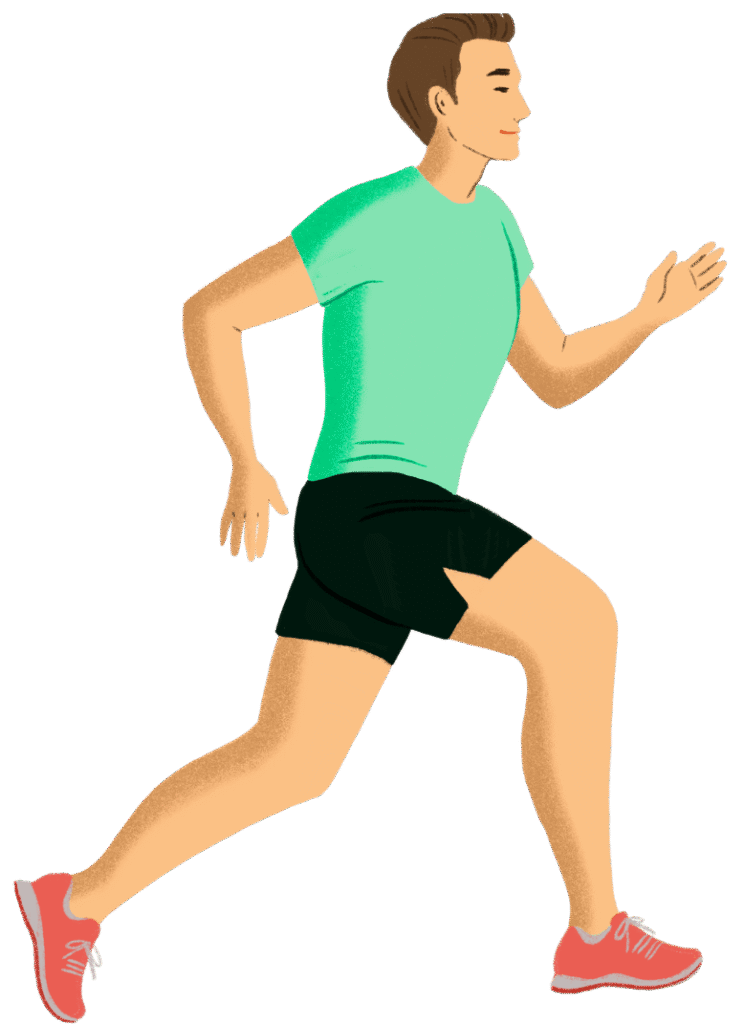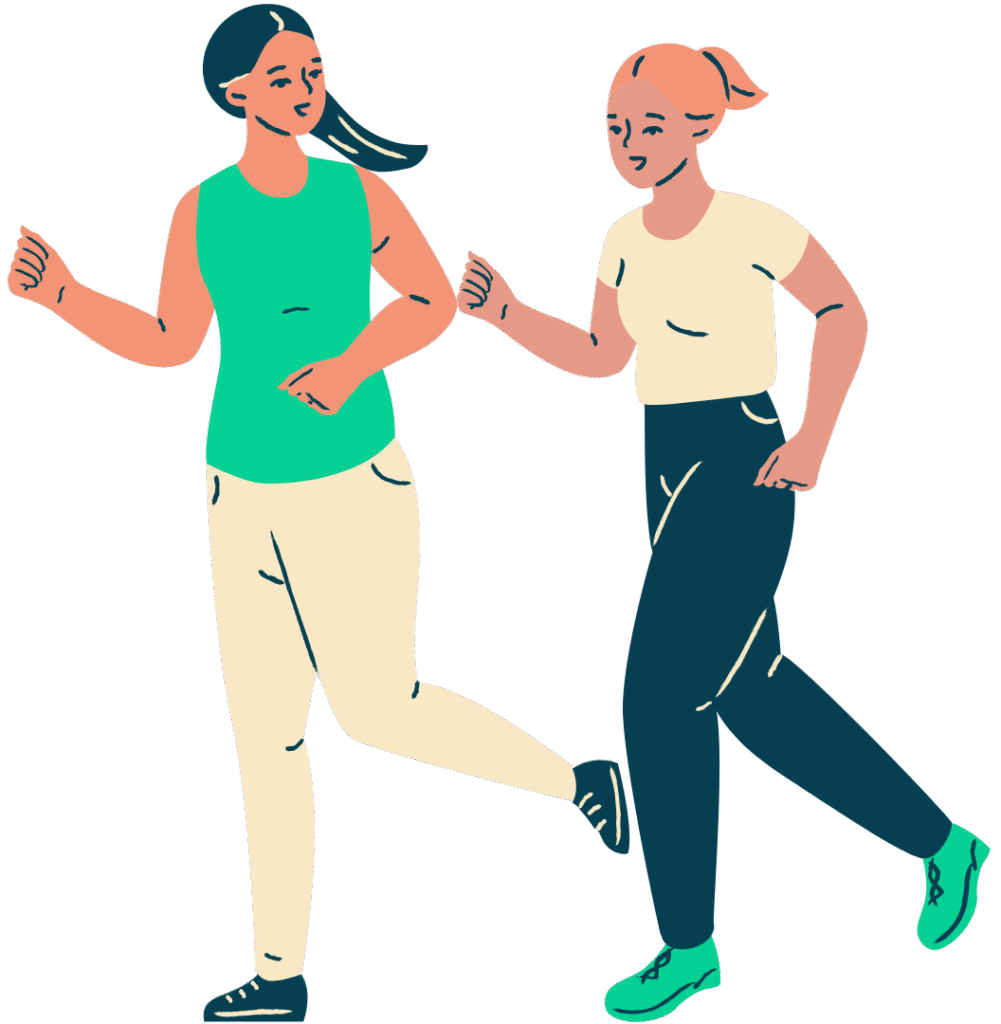Uncovering the secrets to improved alignment and pain relief amidst the challenges of postural kyphosis.
At a Glance
- Postural kyphosis affects alignment and can cause chronic pain.
- Pelvic tilt abnormalities can influence posture and injury risk.
- Corrective exercises and ergonomic adjustments aid in relief and prevention.
- Chiropractic care and consistent habits enhance long-term improvement.
Understanding Postural Kyphosis
Postural kyphosis is a spinal condition characterized by an exaggerated forward rounding of the upper back, leading to a hunched appearance. It commonly emerges due to contemporary lifestyle habits, particularly extended periods spent seated and poor ergonomic practices. Such habits can significantly impact structural alignment and elevate the risk of musculoskeletal issues, often resulting in chronic pain, particularly in the back, neck, and shoulder areas.
The condition affects individuals across various age groups, but is especially prevalent in elderly adults, notably women aged 50 to 70. Misalignment due to kyphosis not only affects posture but also results in functional movement limitations, impairing daily activities. Addressing these challenges requires effective approaches, incorporating corrective exercises and ergonomic strategies.
This exercise when practiced regularly and paired with a good mobility routine will help realign the spine and improve your posture💯👇 pic.twitter.com/pBvM5VRSXT
— Healthy Body Hub🍀 (@healthybodyhub_) May 6, 2025
The Role of Pelvic Tilt and Alignment
Pelvic tilt is a frequent postural irregularity closely linked to kyphosis. Types of pelvic tilt include anterior, posterior, and lateral deviations, each affecting posture and movement. An anterior tilt, common in those sedentary for extended periods, causes tight hamstrings and increased lower back compression. Corrective exercises, such as the Cat-Cow stretch, help in neutralizing these distortions.
Posterior and lateral tilts also present concerns, leading to restricted hip mobility and muscle imbalances. Implementing exercises like the Prone Superman and Single-Leg Bridge can aid in correcting these deviations. Appropriate exercises restore balance and enhance alignment, essential in combating kyphosis and improving overall posture.
Watch: How to combat kyphosis and improve overall posture.
Exercise and Ergonomic Solutions
Exercises play a crucial role in managing postural kyphosis. Specific exercises such as Thoracic Extension on a Foam Roller, Mirror Image, Head Retraction, and the Superman exercise have shown positive effects on kyphosis by improving thoracic curvature and alignment. Consistent practice of these exercises, alongside maintaining good posture, helps in alleviating symptoms and preventing recurrence.
Chiropractic care, including spinal adjustments and personalized exercise recommendations, complements these practices by addressing underlying structural issues. Regular consultations can yield benefits such as pain reduction and improved mobility. Ergonomic solutions, such as adjusting workspace setups and promoting body awareness, are equally crucial. Through these tailored strategies, individuals can enhance alignment, reduce pain, and protect against future injuries.

